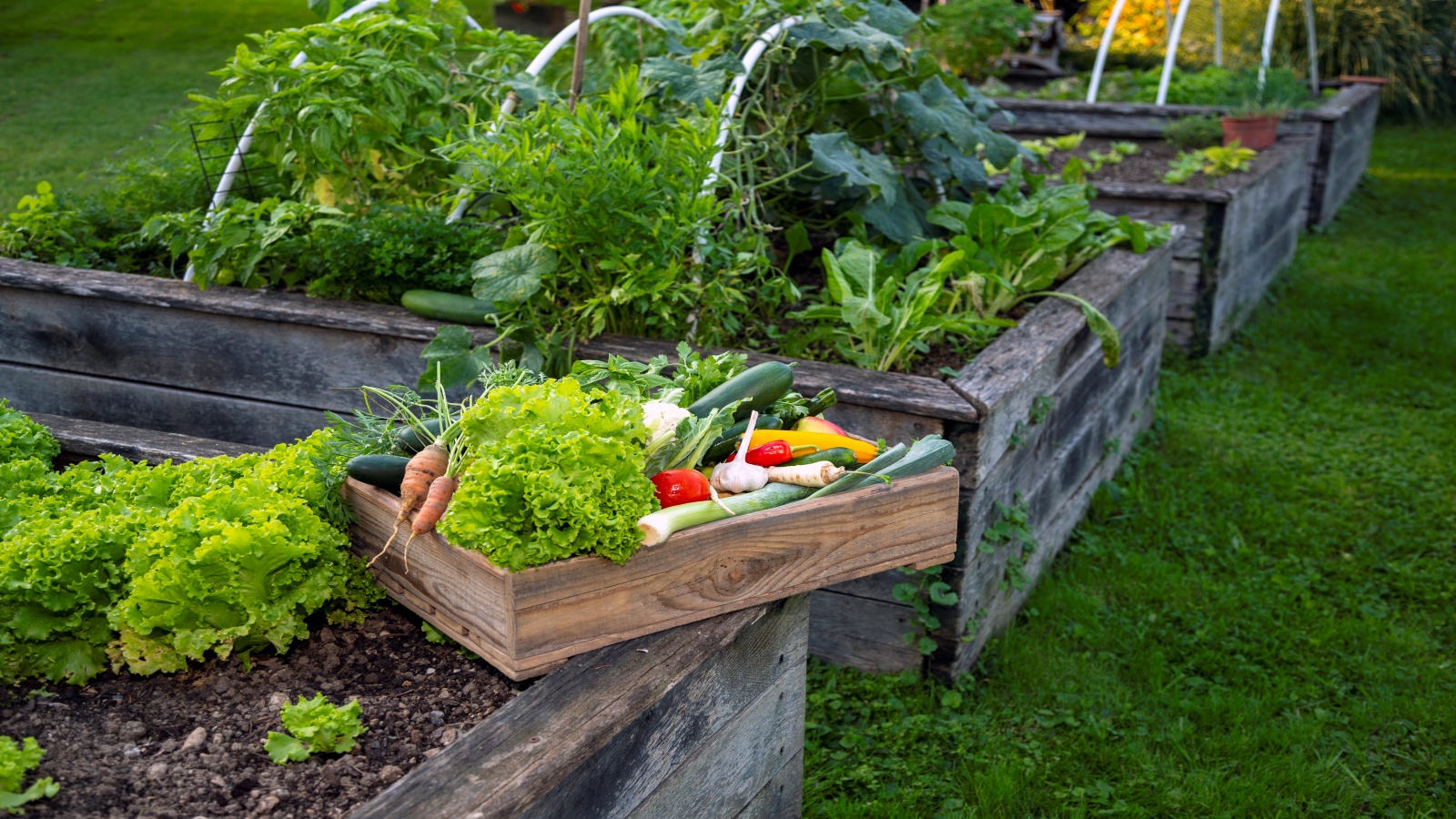
Growing in raised beds has never been more popular, especially at a time when new-build backyards are getting smaller, and increased food prices mean that more of us are cultivating our own fruit and veg.
Raised beds are space efficient, and because the plants are growing above ground level, are also ideal for maximising cropping in areas prone to waterlogging.
However, this form of gardening doesn’t suit every plant type and while there is a wide choice of fruit and vegetables perfect for raised beds, several may fail to thrive or become too invasive.
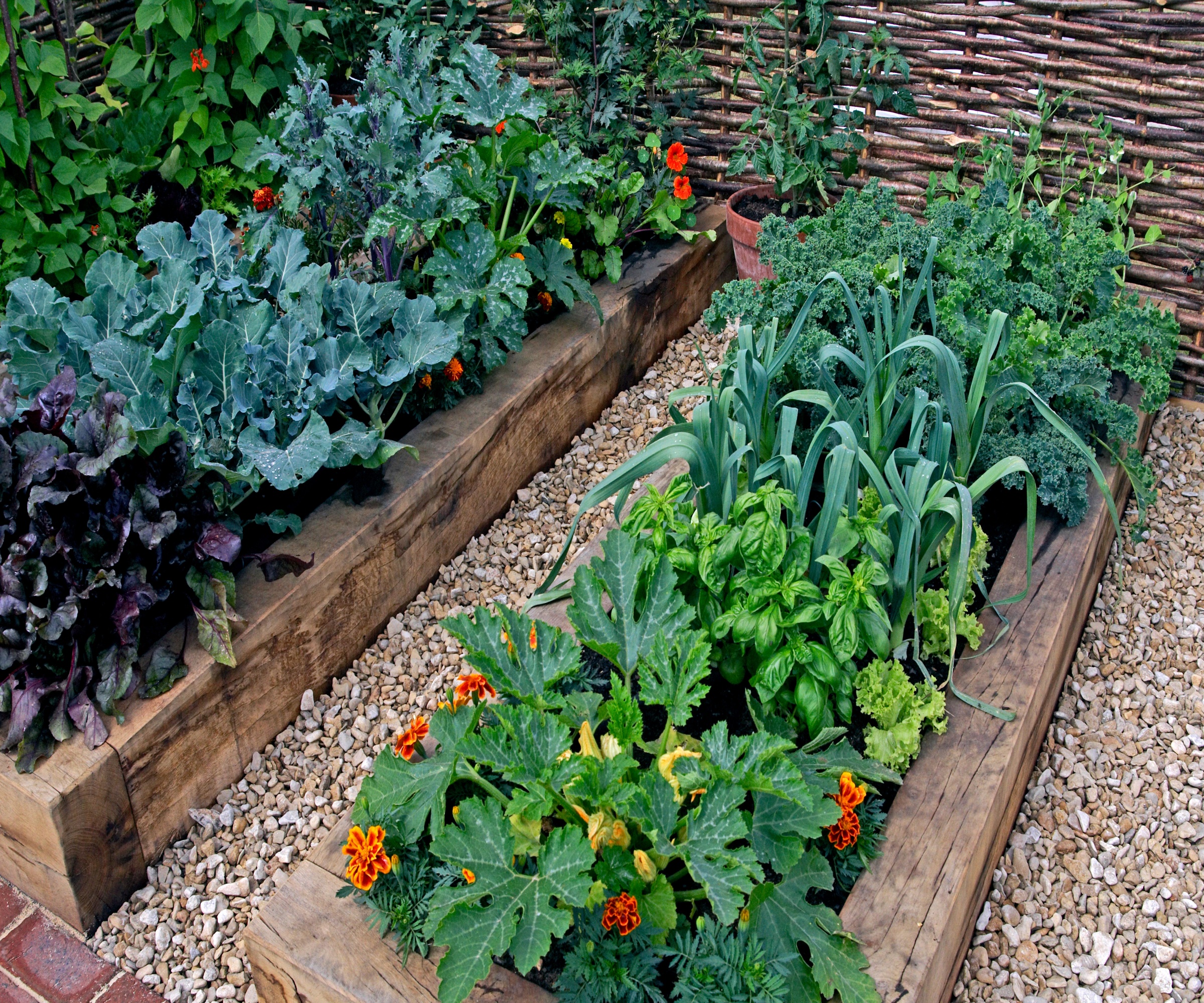
Plants never to grow in a raised bed
There are several common raised bed gardening mistakes that are easy to avoid, and one of them is growing the wrong things. Here we look at five popular fruits and vegetables that we advise steering clear of, and what to try instead.
1. Fruit canes
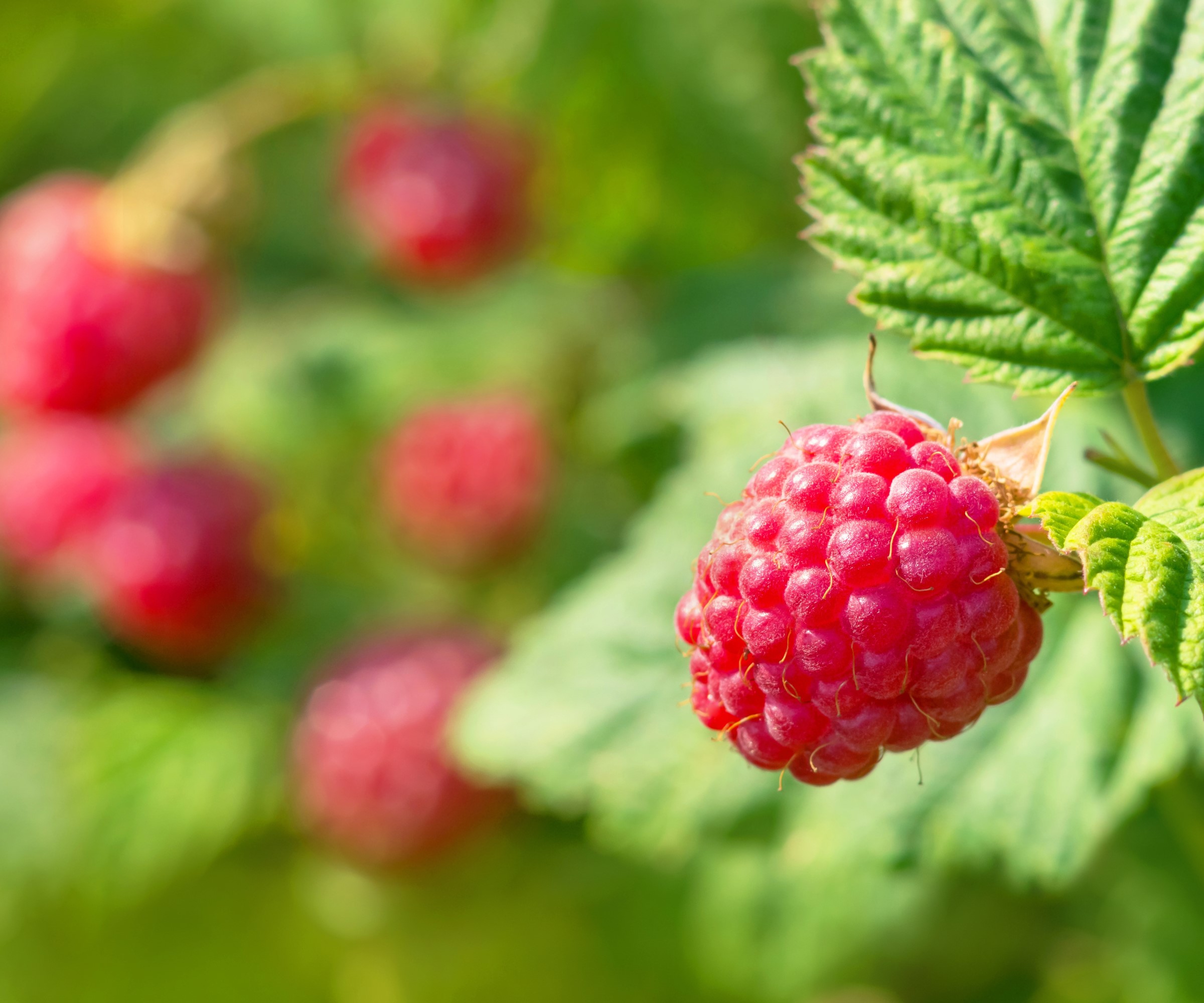
Blackberries and raspberries are undoubtedly delicious and usually fantastically easy to grow. But they turn into large, sprawling plants that need space to thrive and reach their full cropping potential.
Raspberries also have a tendency to sucker up over a wide area, and may escape the confines of a raised bed and invade nearby borders.
Blueberries, although more compact and suitable for growing in containers, have to grow in ericaceous (acid) soil or compost, making them expensive for raised bed cultivation.
Instead try...
Try your hand at growing strawberries instead. Turn one end of your raised bed into a strawberry patch and enjoy a bountiful summer of sweet ruby fruits.
Strawberry seeds are available from True Leaf Market.
2. Corn and grains
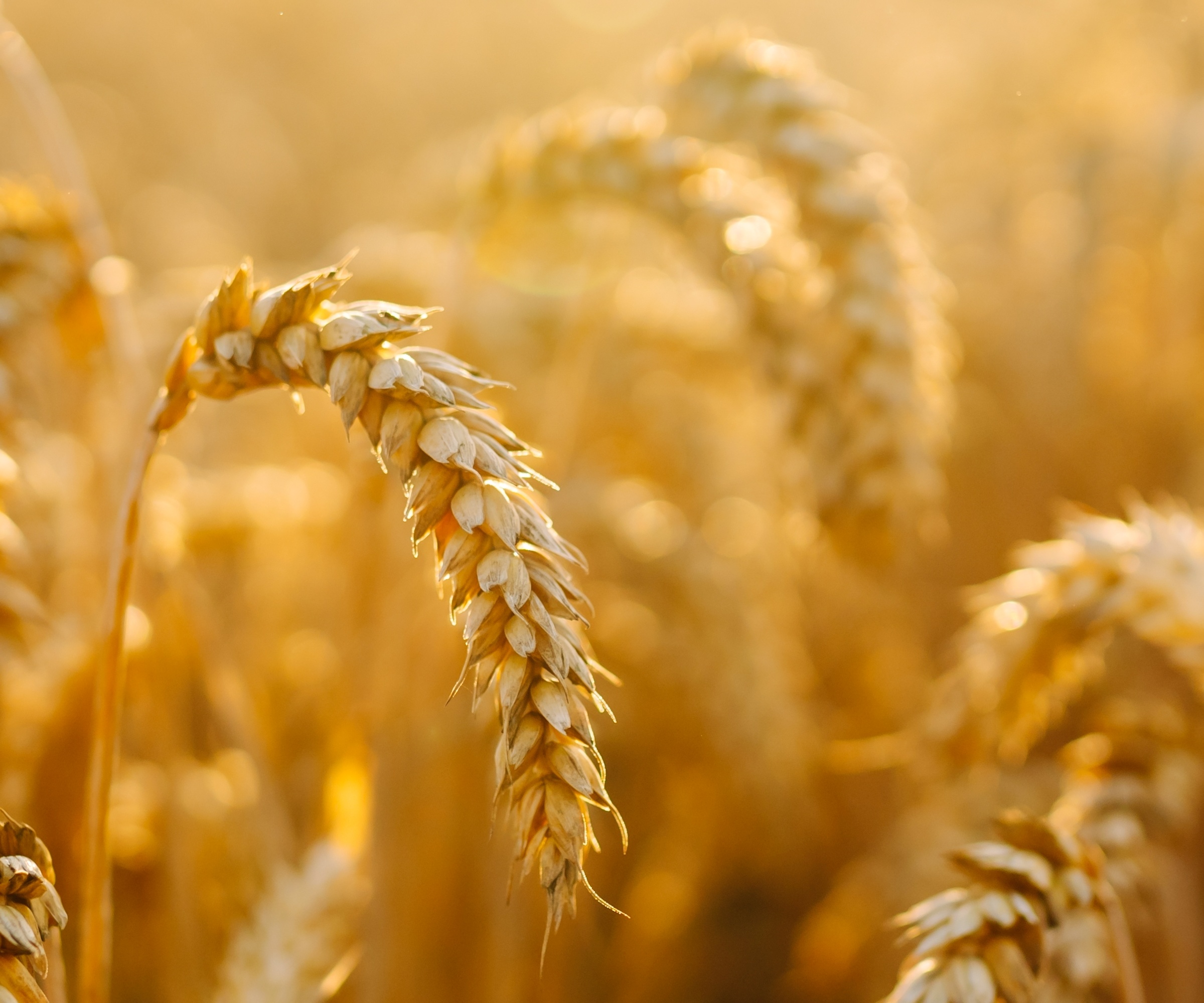
Edible grasses such as corn, barley, millet, oats and wheat require large areas. They definitely fall into the category of plants never to grow in a raised bed, and are better suited for traditional garden plots.
Even then, you may struggle to grow enough grains for all your bread-making needs.
Instead try...
Instead of corn, barley, millet and oats, why not try eye-catching amaranth? Its young leaves can be used the same way as spinach, and the bright cerise tassels ripen into seeds that have been used as a grain for centuries.
If you want to add height and interest to your raised beds, grow runner beans or French beans up frameworks of canes that take up little room but produce generous crops.
3. Sprawling crops
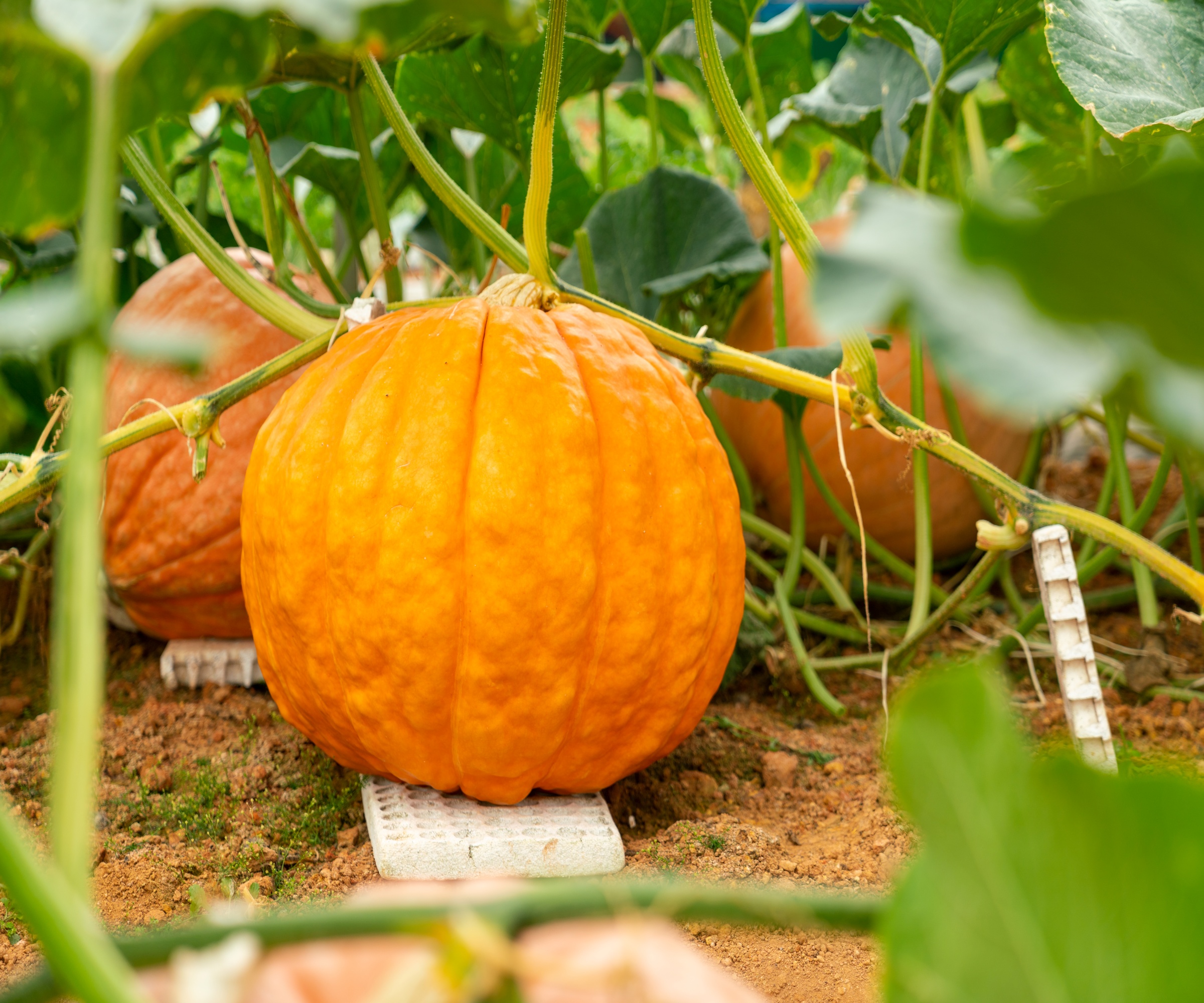
Pumpkins, squash, watermelons and loofahs are great fun to grow and are generous croppers.
But they need a lot of space as their vines can spread for yards, and are hungry plants that take a lot of feeding, so they can end up swamping anything else growing alongside them in a raised bed.
Instead try...
If you enjoy growing members of the Cucurbit family, consider growing cucumbers, zucchini and smaller squash vertically up a trellis or upright framework of wires.
Smaller melons such as cantaloupes and honeydew grow well up supports and the fruits can be cradled in old stockings.
This super stylish Vego Garden metal raised bed is 17 inches tall and designed for urban gardening with its optimized size for a small-medium backyard. You could plant several in a row for a contemporary look.
4. Invasive herbs
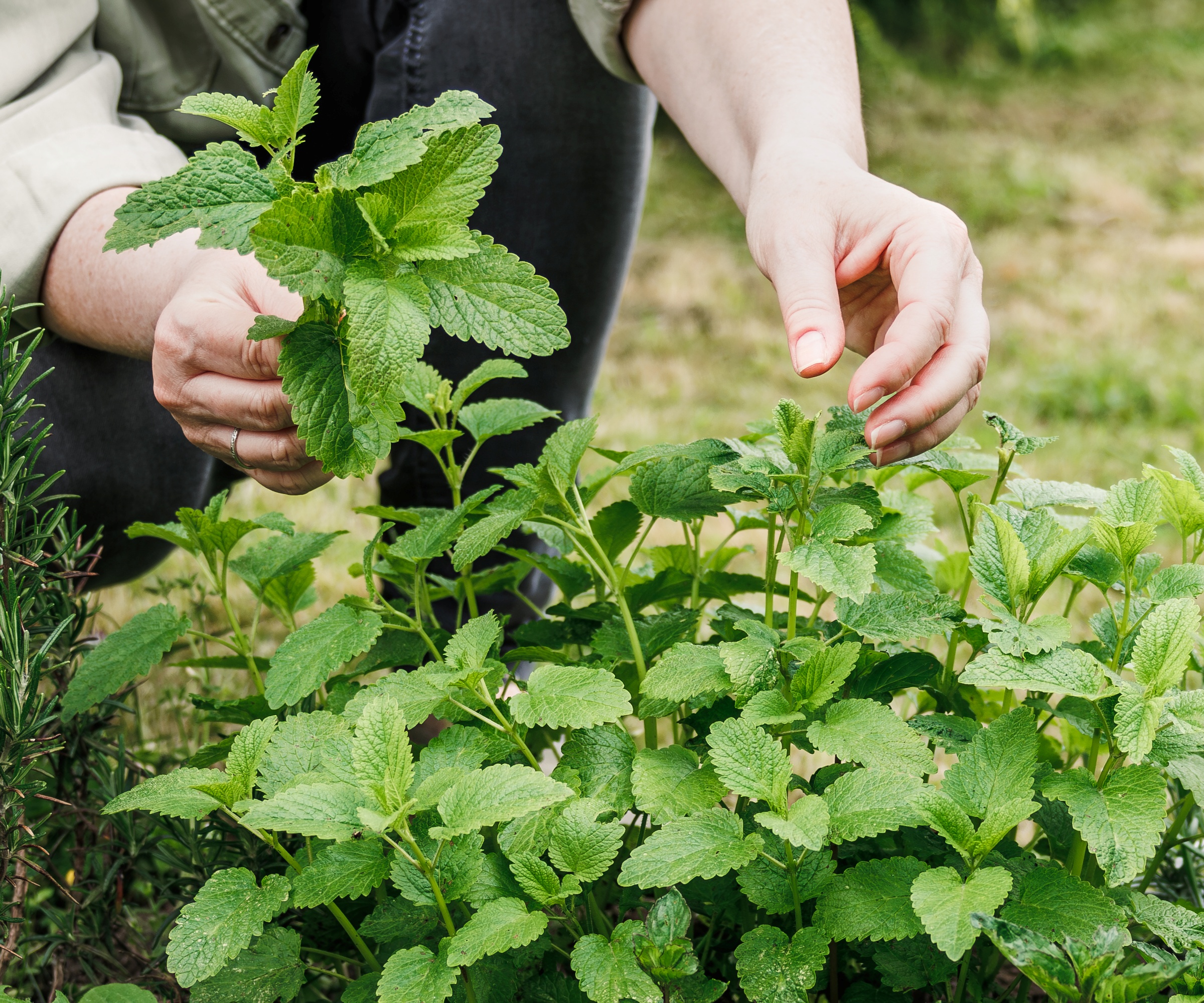
Varieties of mint and lemon balm are thuggish and given half a chance will quickly swamp your raised beds, crowding out everything else. Once in, they are also very hard to remove as even the smallest piece of broken root will produce a new plant - as I have discovered to my cost.
Also remember that different varieties of mint should be grown in separate pots otherwise they all start to taste the same.
Instead try...
Try arugula (rocket), which can be used as a cut-and-come-again leaf, clumps of thyme, parsley and cilantro.
To add pep to salads, grow nasturtiums, such as these Alaska Gold Dwarf nasturtium seeds from True Leaf Market, which will double as excellent companion plants, and will attract pollinators and pest predators. You can also pickle the seeds to use as a substitute for capers.
5. Crops with large root systems
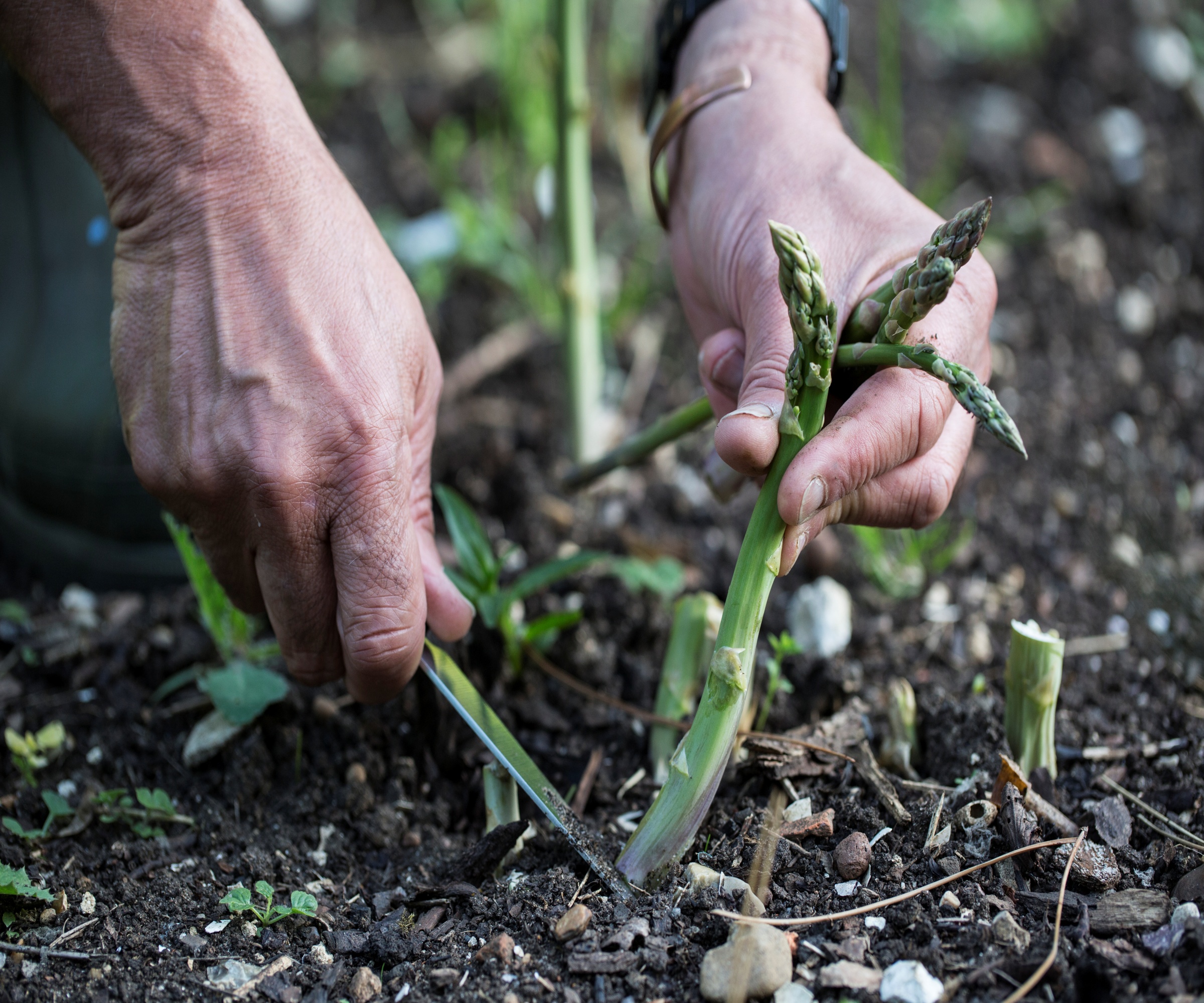
Potatoes and asparagus are hungry plants that need a lot of space. They have extensive root systems and prefer being grown in the open soil or as individual plants in large, deep containers.
Asparagus also takes several years to mature enough to produce its first proper harvest, so planting it in a raised bed could be a waste of opportunity if it takes up space where annual crops could grow.
Instead try...
Carrots, turnips and parsnips do well in raised beds because very often there are fewer stones in the soil or compost, which reduces the risk of ‘forking’, where the roots hit a stone and divide or grow into strange shapes.
FAQs
How do I get the best results from a raised bed?
As with all growing in confined space, always keep your soil or compost in tip-top condition by weeding regularly and adding fresh compost or well-rotted manure, as well as fertilizing the soil and plants.
Using a no-dig system, which is one of the oldest forms of cultivation, will also protect your soil and keep it healthy.
Make sure you follow a planned crop rotation to avoid a build up of pests and diseases specific to any variety of plant grown constantly in the same spot.
Can I grow tomatoes in my raised bed?
Yes. I have had years of delicious crops from tomatoes, bell peppers, chillies, onions and garlic that I have grown in our raised beds.
Don't forget that tomatoes, peppers and chillies need heat to grow well, so if you live in a colder hardiness zone don't plant them out until the frosts have finished and night time temperatures are reliably warmer.
Can I grow flowers in a raised bed?
Absolutely - in fact there are several varieties that are best plants to grow in a veg patch for the health of your crops. I always plant calendulas, French marigold and nasturtiums in my raised beds because they attract pollinators that benefit my vegetables, and these in turn attract predatory insects that keep the number of pests down.
Raised beds are a great place to grow varieties for a cut flower garden because their design and smaller size makes the blooms easier to access.
Raised beds are perfect for growing in small spaces and should always be included when planning a small garden. They are also really helpful for gardeners who are less mobile or less able to bed to tend their backyards. I certainly wouldn't be without ours.







